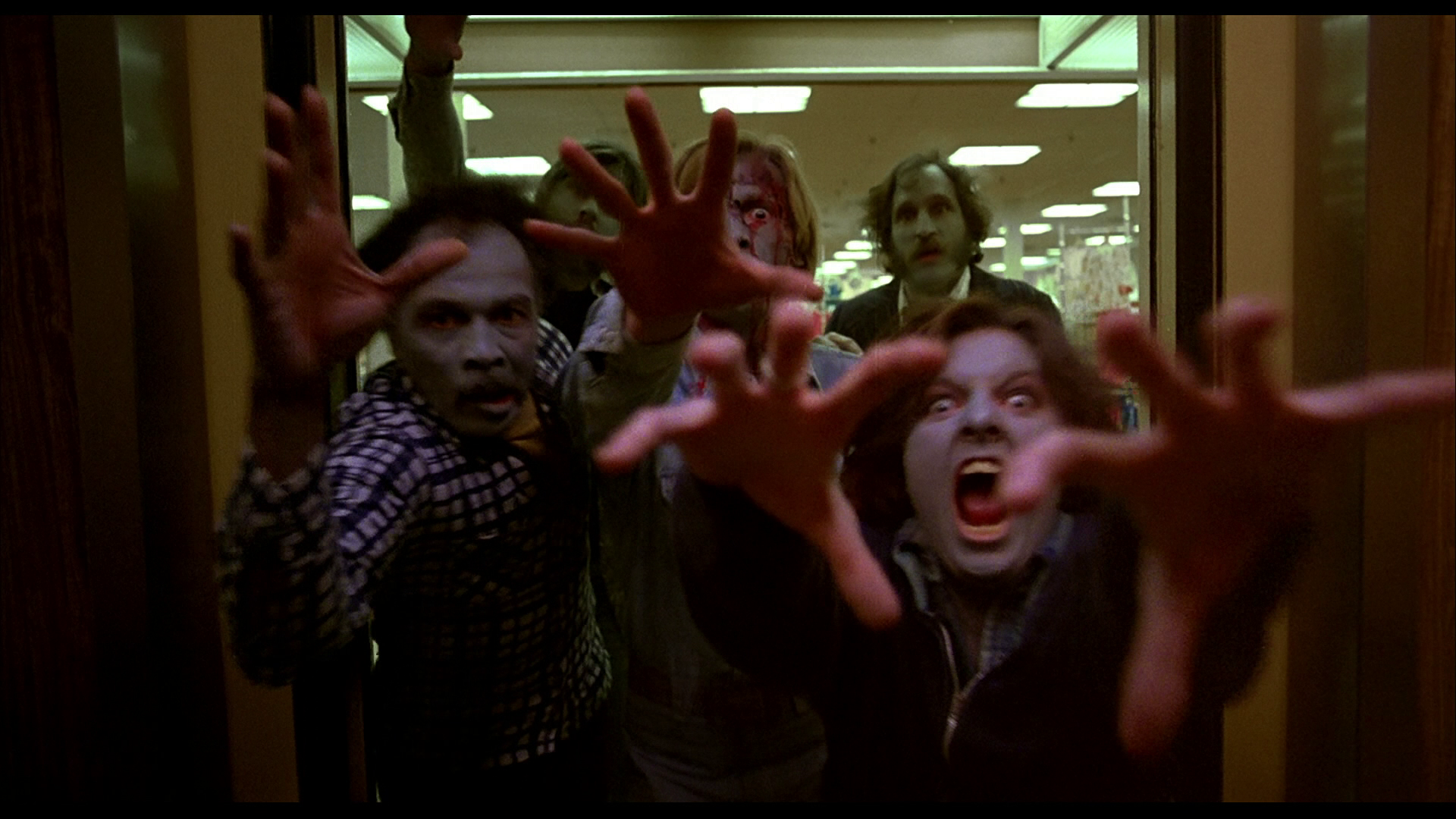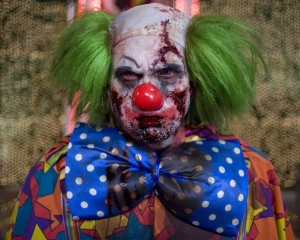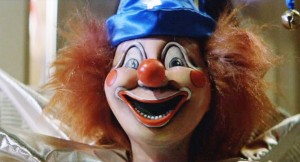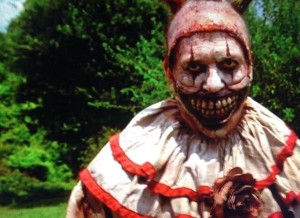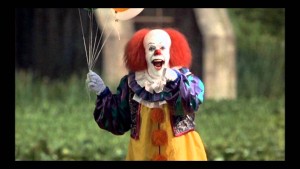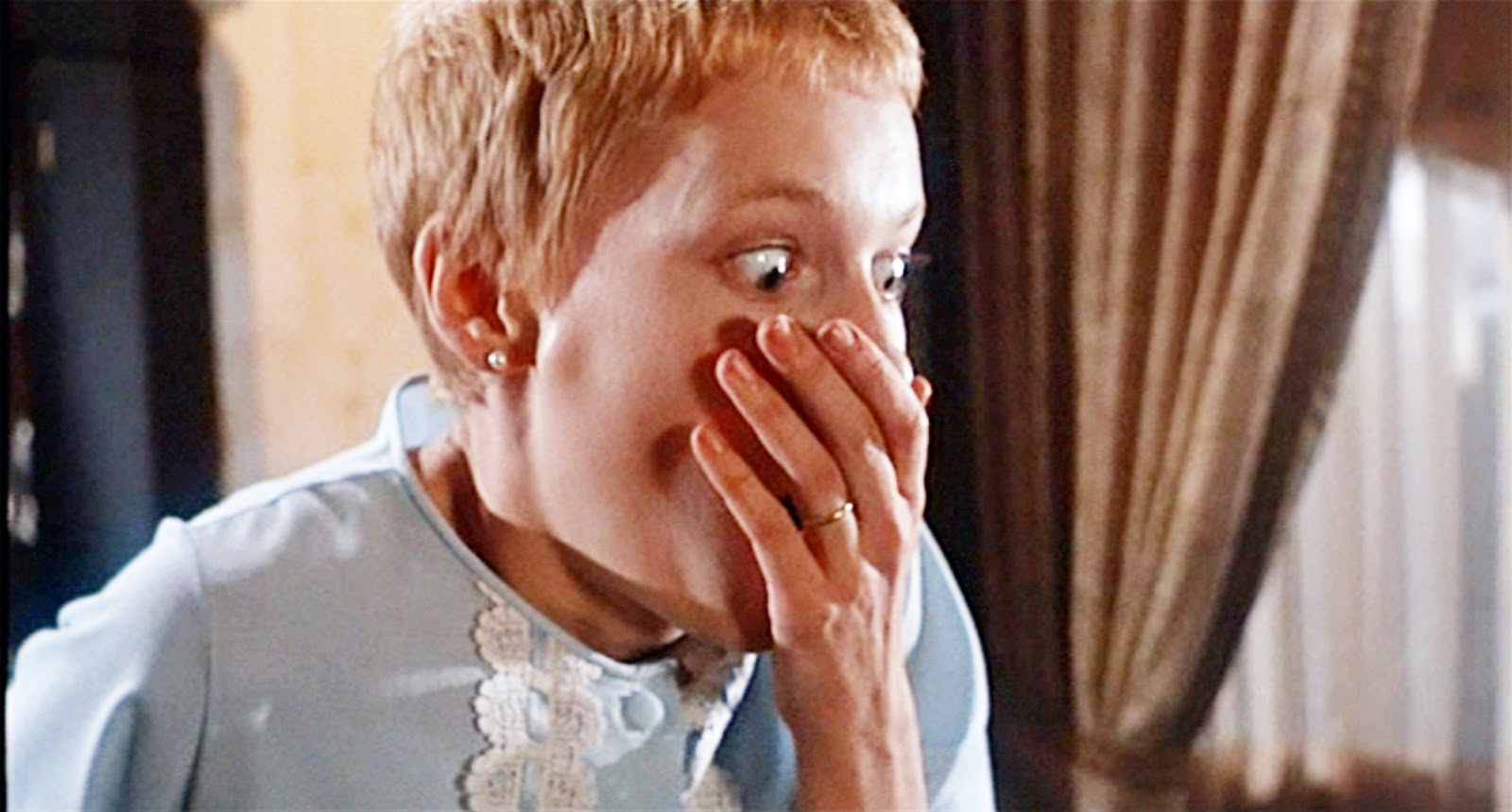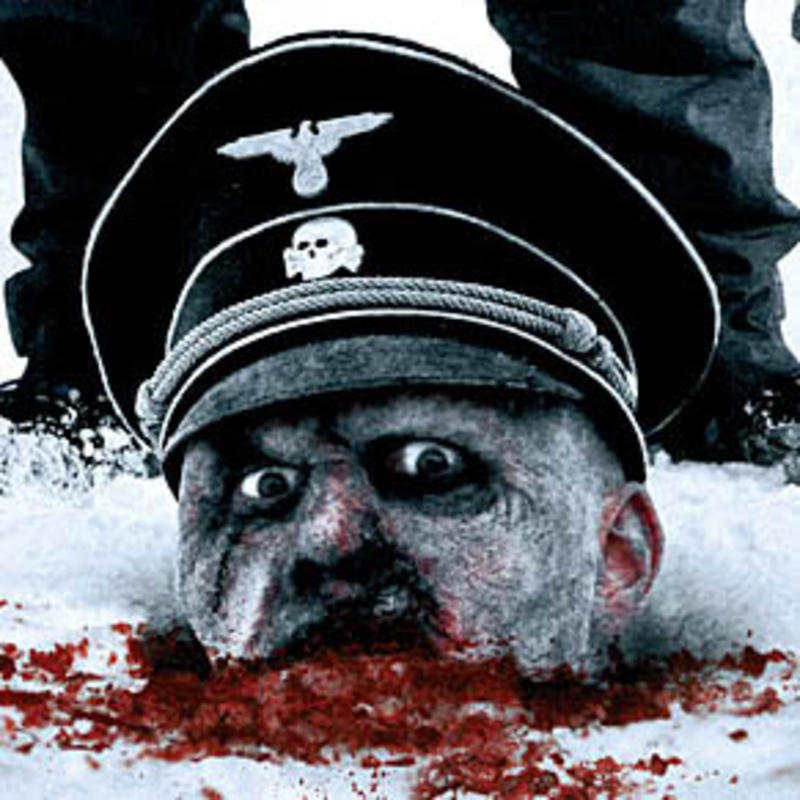Prepare to be pissed off. Why? Well, because we’re going to explore the best zombie comedies today and there are hundreds of options. We guarantee that we will leave something off this list that you want to see on it. There’s really no question about it. Probably at #5. So just know that we know that there are at least a dozen great zombie comedies that we do not address here, given that we’ve limited our list to five.
And here they are!
5. The Return of the Living Dead (1985)
Why Return of the Living Dead? Because it was one of the very first zombie comedies, mainly. But its pedigree is impressive. The original story – one of bumbling warehouse employees who unwittingly unleash the very biochemical that caused the Night of the Living Dead in the first place – was conceived by Russell Streiner, producer of the Romero zombie classic.
Also, Dan O’Bannon, writer behind Alien and Total Recall, co-wrote and directs.
The film also introduced into the genre the abiding zombie trait of brain eating, and is the first film in which zombies grown braaaaiiiinnnnssss.
Plus, the great Linnea Quigley Leg Warmer Dance Scene, a fun 80s punk rock soundtrack, Clu Gulagar and a lot of campy fun – all of this combined to create one of the more memorable and weirdly important zombie comedies.
4. Dead Snow (2009)
Nazi zombies, everybody! Hell yes!
Like its portly nerd character Erlend, Dead Snow loves horror movies. A self-referential “cabin in the woods” flick, Dead Snow follows a handsome, mixed-gender group of college students as they head to a remote cabin for Spring Break. A creepy old dude warns them off with a tale of local evil. They mock and ignore him at their peril.
But co-writer/director/Scandinavian Tommy Wirkola doesn’t just obey these time-honored horror film rules. Like Scream and The Cabin in the Woods, Dead Snow draws your attention to them. It embraces our prior knowledge of the path we’re taking to mine for comedy, but doesn’t give up on the scares. Wirkola’s artful imagination generates plenty of startles and gore by the gallon.
Spectacular location shooting, exquisite cinematography, effective sound editing and a killer soundtrack combine to elevate the film above its clever script and solid acting. Take, for example, the gorgeous image of Norwegian peace – a tent, lit from within, sits like a jewel nestled in the quiet of a snowy mountainside. The image glistens with pristine outdoorsy beauty – until it … doesn’t.
The unapologetically faithful image of the traditional American horror film, Dead Snow is funny and scary, utterly gross and thoroughly enjoyable.
3. Juan of the Dead (2011)
By 2011, finding a zombie film with something new to say was pretty difficult, but writer/director/Cuban Alejandro Brugues managed to do just that with his bloody political satire Juan of the Dead.
Breathtakingly and unapologetically Cuban, the film shadows slacker Juan and his layabout pals as they reconfigure their longtime survival instincts to make the most of Cuba’s zombie infestation.
I’m sorry – dissidents. Thankfully the Cuban media is on top of this situation, letting the faithful patriots know that the violent, flesh-hungry villains outside are all dissidents. Your old, fat auntie? Dissident. Paperboy, missing a foot and dragging himself toward that priest? Dissident.
One of a thousand hilarious touches is that the word zombie is used only once, by a non-Cuban – even Juan and his friends thoughtlessly refer to the mayhem-happy characters as dissidents. It’s a whole new approach to the zombiepocalypse – not to mention social satire – and it’s entirely entertaining.
It’s such a clever, eye-opening film with some added oomph via soundtrack and closing credits animation. Juan of the Dead promises one killer dia de los muertos!
2. Shaun of the Dead (2004)
This is a hard movie not to like. Writer/director Edgar Wright teams with writer/star Simon Pegg to lovingly mock the slacker generation, 80s pop, and George Romero with this riotous flesh-eating romance. But what is easy to overlook is the genuine craftsmanship that went into making this picture.
Every frame of every scene is so perfectly timed – pauses in conversation synchronized with seemingly random snippets of other conversations, or juke box songs, or bits from the tele. (The movie will turn you British. By the end you’ll be saying holiday instead of vacation, spelling colour with a u and saying, “How’s that for a slice of fried gold?” even though you don’t really know what that means.)
Shaun offers such a witty observation of both a generation and a genre, so well told and acted, that it is an absolute joy, even if you’re not a fan of zombie movies. As social satire, it is as sharp as they come. It also manages to hit the bull’s eye as a splatter horror film, an ode to Romero, a buddy picture, and an authentic romantic comedy. And it’s more than just a remarkable achievement; it’s a fresh, vivid explosion of entertainment. It’s just a great movie.
1. Zombieland (2009)
Zombieland is quite possibly the perfect movie. Just when Shaun of the Dead convinced me that those Limey Brits had created the best-ever zombie romantic comedy, it turns out they’d only created the most British zom-rom-com. The Yank counterpart is even better, and with this amount of artillery, it’s certainly a more American vision.
Let’s start with the writing. Rhett Reese and Paul Wernick take the tried-and-true zombiepocalypse premise and sprint with it in totally new and awesome directions.
And the cameo. I cannot imagine a better one. I mean that. I’m not sure a walk on by Jesus himself could have brought me more joy.
That’s not true. Plus, in zombie movie?! How awesome would that have been?!
Jesse Eisenberg anchors the film with an inspired narration and an endearing dork characterization. But Woody Harrelson owns this film. His gun-toting, Twinkie-loving, Willie Nelson-singing, Dale Earnhart-number-wearing redneck ranks among the greatest horror heroes ever.
I give you, a trip to a loud and well-lit amusement park is not a recommendation Max Brooks would make during the zombiepocalypse. Still, you’ve got to admit it’s a gloriously filmed piece of action horror cinema.


